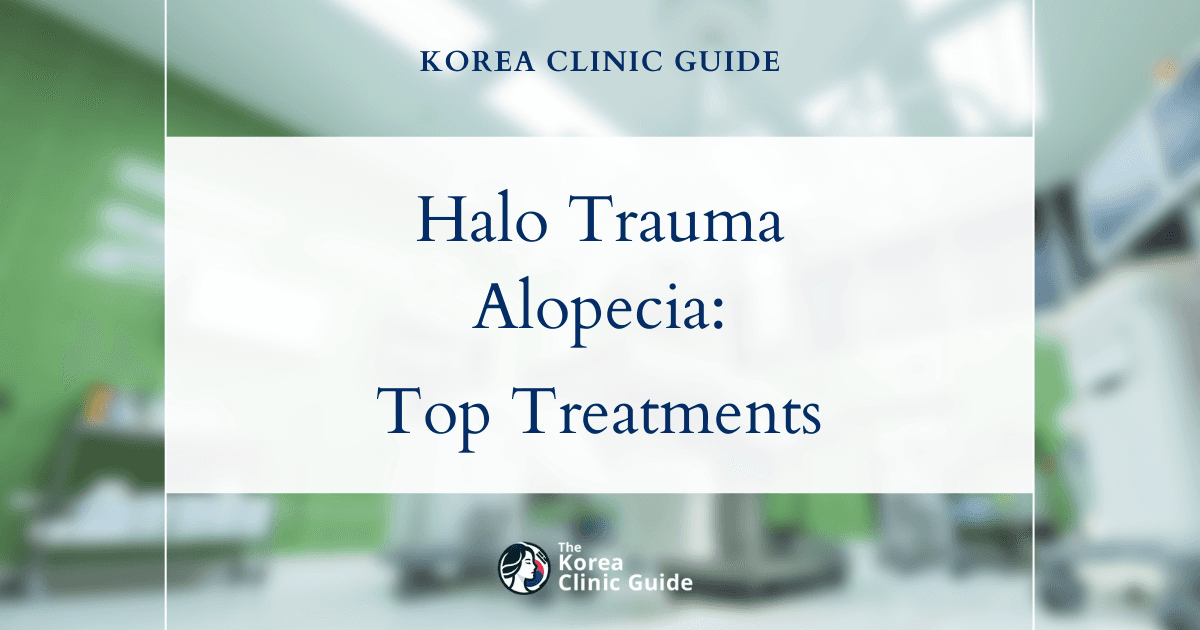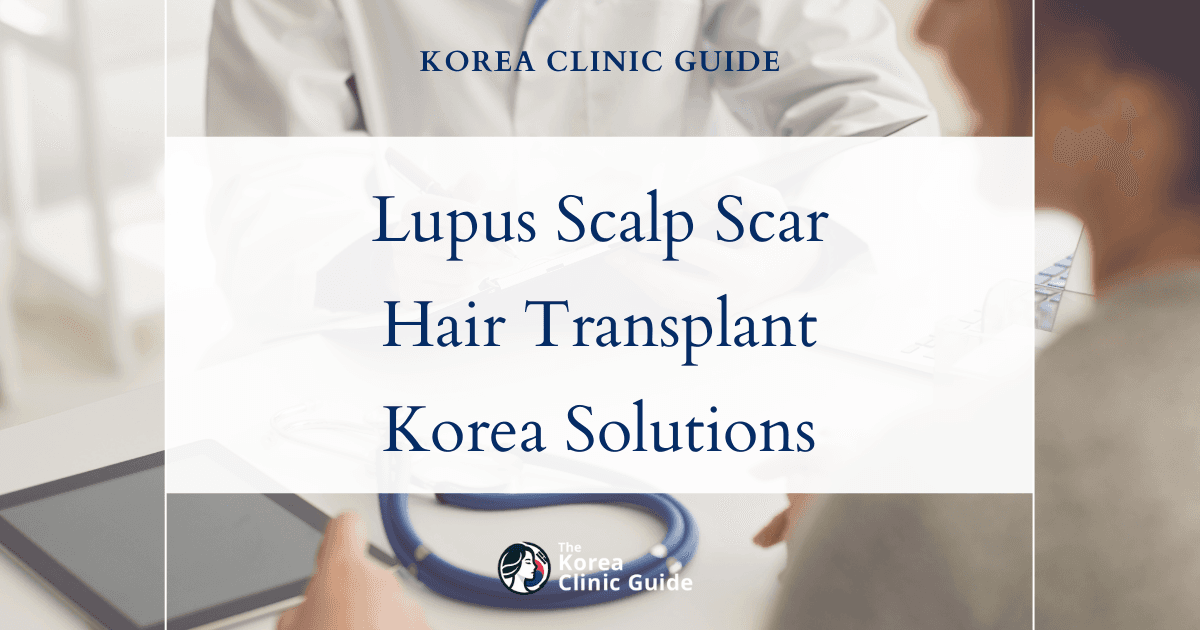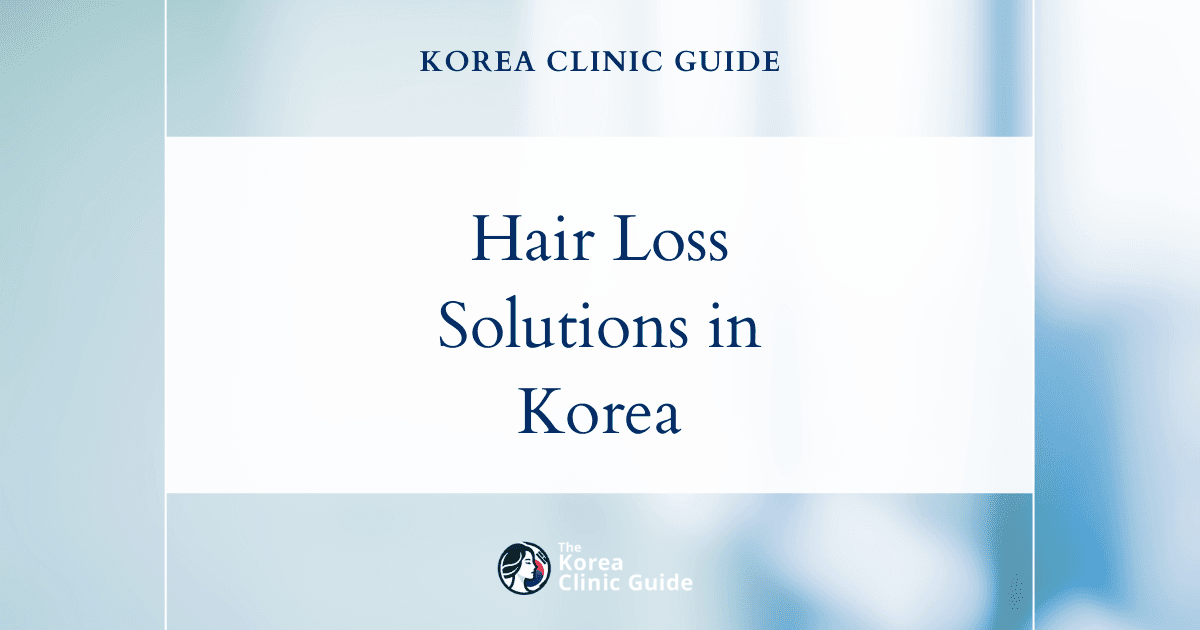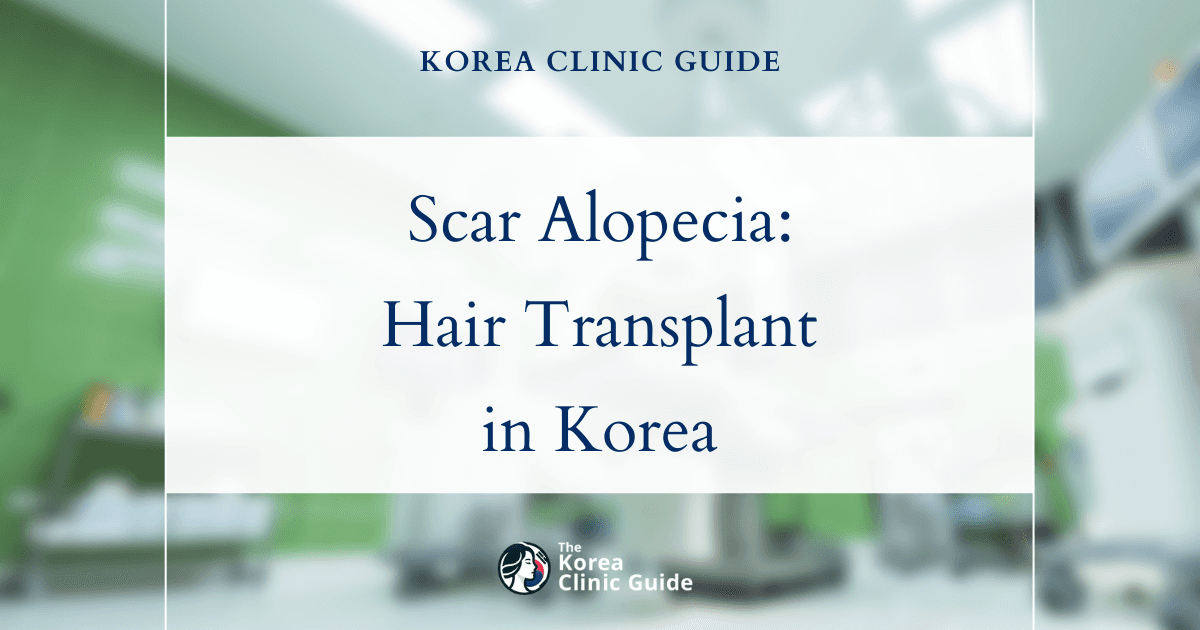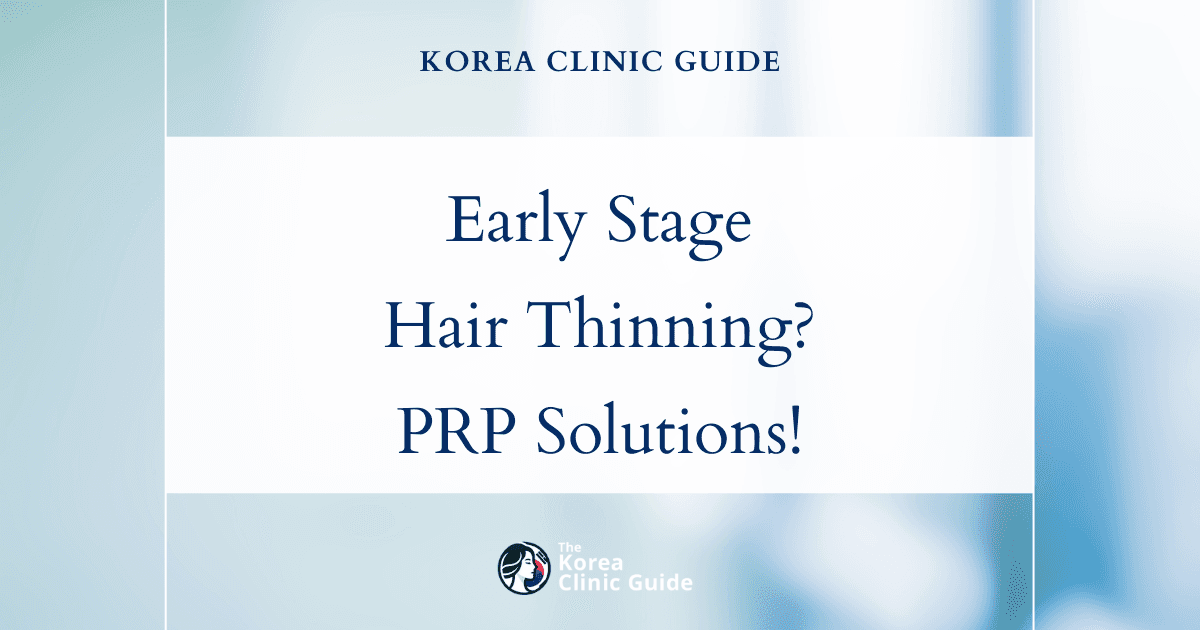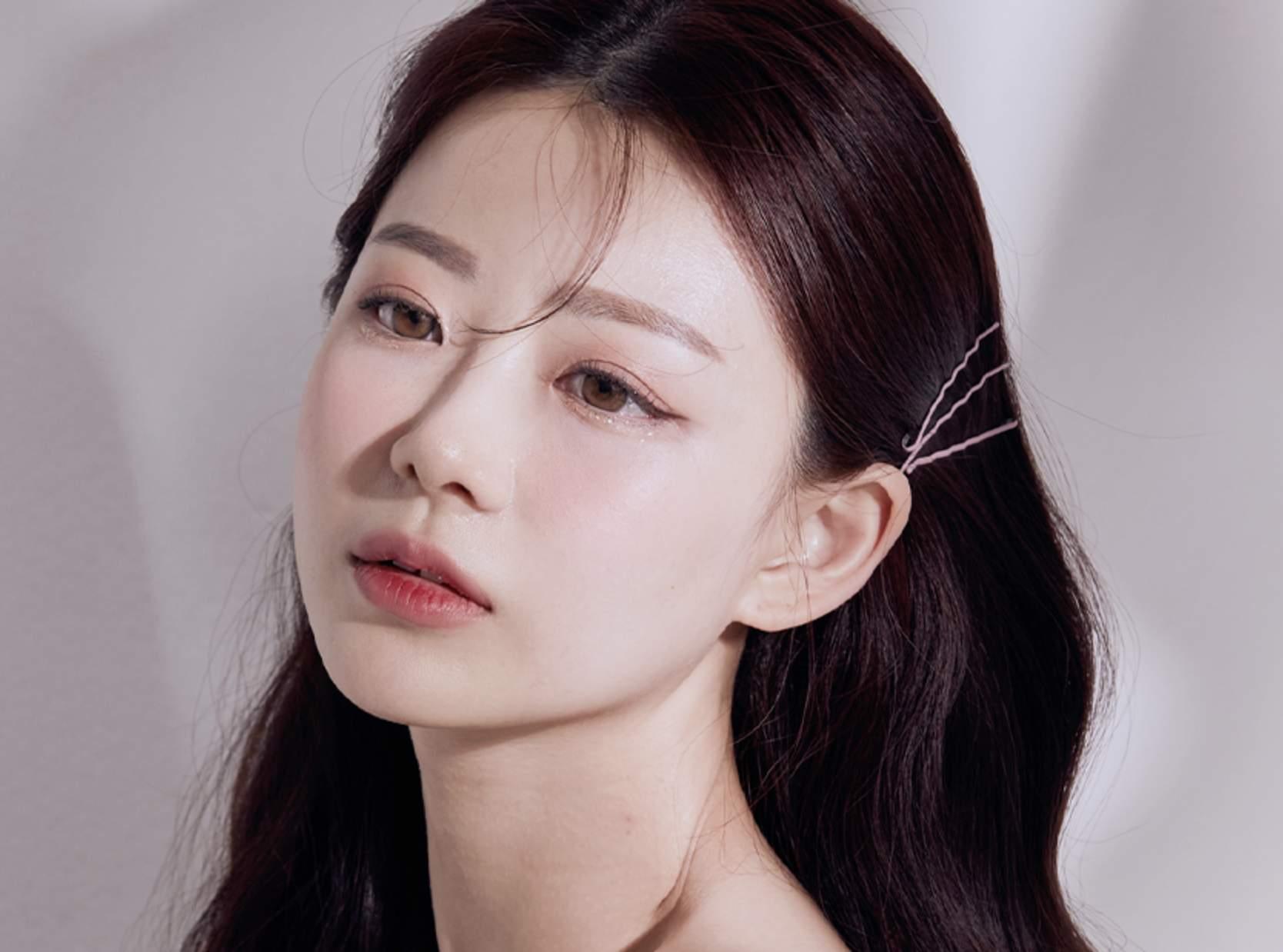Medical Tourism Blog
Hair Transplant in Korea | Costs, Best Clinics, Procedure Types & more
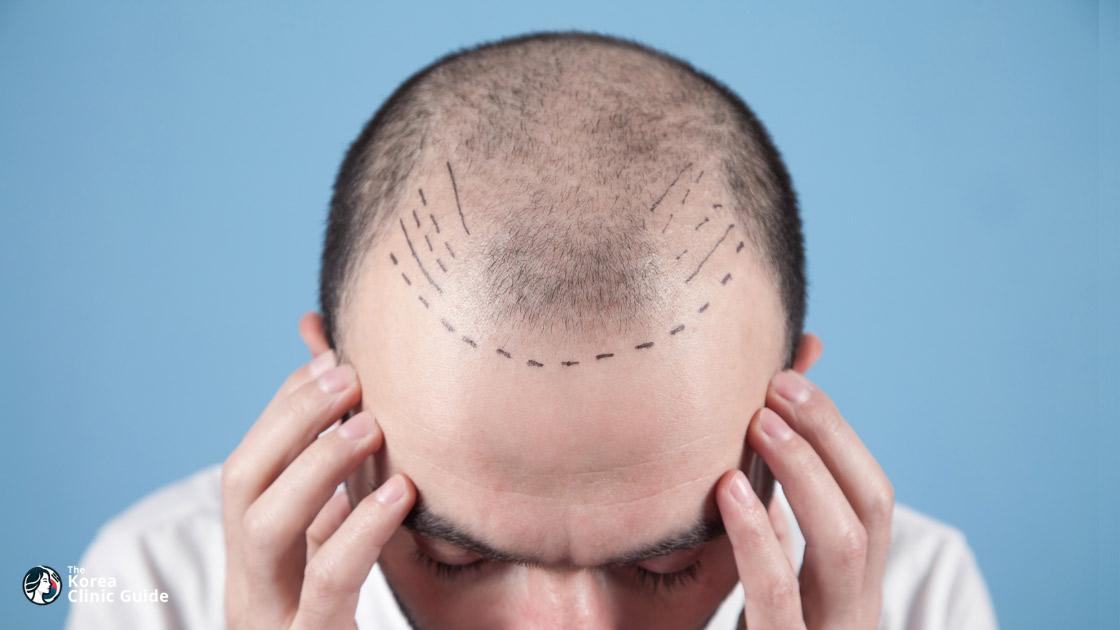
Table of contents
- Hair Transplant Overview
- Best Clinics in Korea for Hair Transplant
- Benefits of Hair Transplant in Korea
- Cost of Hair Transplant in Korea
- Hair Transplant Aftercare and Recovery
- Alternatives to Hair Transplant
- Conclusion
Considering treatment in Korea? Everything you need to know e.g. — how to avoid scams, visas, interpreters, recovery tips — in our Medical Tourism Master Guide. Plan with confidence in minutes, not weeks!
Is your self-esteem governed by a receding hairline? Discover why South Korea is turning heads globally as a pioneering hub for groundbreaking hair transplant solutions, merging state-of-the-art techniques with affordability in a vibrant setting that combines medical excellence with cultural allure.
Hair Transplant Overview
Hair transplant is a surgical procedure that involves the relocation of hair follicles from one part of the body, typically known as the "donor site," to a bald or thinning part of the body known as the "recipient site." Primarily used to address male pattern baldness, this procedure can also be applied to restore eyelashes, eyebrows, beard hair, and even fill in scars from accidents or previous surgeries.
The most common techniques employed in hair transplant surgeries are Follicular Unit Transplantation (FUT) and Follicular Unit Extraction (FUE). In FUT, a strip of skin containing healthy hair follicles is removed from the donor area, usually the back of the head, and then divided into individual follicular units to be implanted in the recipient area. On the other hand, FUE involves the extraction of individual hair follicles directly from the donor area using a specialized punch tool and their subsequent implantation into the thinning or bald areas.
Both techniques start with local anesthesia to ensure patient comfort during the procedure. The choice between FUT and FUE depends on various factors, including the patient's hair type, the extent of hair loss, the size of the transplant area, and personal preferences.
The transplanted hair typically falls out within a few weeks post-surgery, a phase commonly referred to as "shock loss." However, new hair growth generally begins within 3 to 4 months and continues to improve in density and appearance over the next 12 to 18 months. The success of a hair transplant largely hinges on the skill and experience of the surgeon, as well as the post-operative care followed by the patient.
Hair transplants boast a high success rate and the results are often permanent, provided that the hair loss condition is stable. It's important for prospective patients to have realistic expectations and to understand that individual outcomes can vary based on personal health, hair type, and the extent of hair loss.
Hair Transplant Procedure

A hair transplant is a surgical method where a plastic or dermatological surgeon moves hair from one area of the head to a bald area. This happens in a medical office under local anesthesia.
Types of Hair Transplant
There are two main types of hair transplant techniques:
1. Follicular Unit Transplantation (FUT):
- The surgeon uses a scalpel to remove a strip of scalp skin from the back of the head.
- The incision is several inches long and closed with stitches.
- The surgeon separates the removed scalp into small sections to achieve natural-looking hair growth when implanted.
2. Follicular Unit Extraction (FUE):
- The surgeon harvests hair follicles directly from the back of the head via tiny punch incisions.
- The surgeon creates tiny holes in the recipient area and places the hair follicles into these holes.
The Procedure
-
Preparation:
- The scalp is thoroughly cleaned.
- Local anesthesia is applied with a small needle to numb the area.
-
Extraction:
- In FUT, a strip of scalp is removed and divided into grafts.
- In FUE, individual hair follicles are extracted directly from the scalp.
-
Implantation:
- Tiny holes are made in the recipient area.
- Hair grafts are inserted into these holes.
-
Post-Procedure:
- The scalp may be covered with bandages or gauze.
- Stitches are usually removed about 10 days after surgery.
Recovery and Aftercare
- Medications: You may need to take pain medication, antibiotics to prevent infection, and anti-inflammatory medications to reduce swelling.
- Soreness: It’s typical for the treated area to feel sore after the procedure.
- Hair Shedding: The transplanted hair may fall out 2-3 weeks post-surgery to make way for new growth.
- New Hair Growth: New hair is usually visible 8-12 months after surgery.
- Ongoing Treatment: Minoxidil (Rogaine) or finasteride (Propecia) may be prescribed to improve hair regrowth and slow hair loss.
Potential Complications
- Minor Side Effects: Including swelling, bruising, itching, and temporary hair loss.
- Infections and Bleeding: These can be managed with appropriate medical care.
- Folliculitis: Inflammation or infection of hair follicles.
- Aesthetic Concerns: This includes unnatural-looking tufts of hair in some cases.
Long-term Outlook
- Continued Hair Growth: Most individuals see continued hair growth in transplanted areas.
- Density Variability: The density of new hair can depend on several factors such as scalp laxity and hair quality.
- Possible Further Hair Loss: If medications are not taken, hair loss may continue in untreated areas.
Follow-Up
- Healing Check-Ups: Regular visits to your surgeon to monitor healing.
- Touch-Up Surgeries: Additional sessions may be necessary to achieve desired results.
It’s essential to discuss the expected outcomes and set realistic expectations with your surgeon before undergoing a hair transplant procedure.
Who is Hair Transplant for?
-
Men with Male Pattern Baldness: Men experiencing androgenic alopecia, commonly referred to as male pattern baldness, are ideal candidates for hair transplant procedures. This condition is characterized by hair loss that usually starts at the temples and crown of the head.
-
Women with Thinning Hair: Women suffering from hair thinning, which occurs due to various reasons including hormonal changes, stress, or genetic predisposition, can benefit from hair transplant surgery.
-
Individuals with Hair Loss from Burns or Scalp Injuries: Hair transplant surgery can help individuals who have lost hair due to burns, traumatic injuries, or surgeries that result in hairless patches on the scalp.
-
People with a Healthy Donor Area: Candidates should have a sufficient amount of healthy hair on another part of their scalp or body to serve as donor areas. The donor hairs must be effectively transplanted to thinning or bald areas.
-
Realistic Expectations: Ideal candidates have realistic expectations regarding the results. While a transplant can significantly improve appearance and self-confidence, it is crucial to understand the process, recovery time, and potential results.
Note: Hair replacement isn’t suitable for:
-
Women with a Widespread Pattern of Hair Loss: Women whose hair loss is spread throughout the scalp might not benefit as much because of the lack of a stable donor area.
-
People with Insufficient Donor Hair: Individuals who do not have enough healthy hair at donor sites to carry out the transplantation process.
-
People Prone to Keloid Scars: Individuals who tend to form thick, fibrous keloid scars after surgery or injury.
-
Hair Loss Due to Medication: If hair loss is due to medications like chemotherapy, a hair transplant may not be advisable.
Best Clinics in Korea for Hair Transplant
Listed below are the best clinics in Korea for hair transplant:
| Clinic Name | Key Features | Special Techniques |
|---|---|---|
| Maxwell Hair Clinic | - Natural design process: two-stage hairline design with precise laser mapping followed by personalized manual adjustment for the most natural look - Gradation transplantation: finer hairs placed at the front and thicker bundles behind for hyper-natural density and texture - Facial design enhancement: customized hairline and forehead ratio planning to create a smaller, more attractive facial impression - Tailored surgical method: comprehensive diagnosis of scalp elasticity, density, and degree of hair loss to select the most suitable approach (FUE, FUT, or combined) - Scar minimization techniques: ultra-small punches (0.9–1.2 mm) and double suturing to keep scars barely visible - Rapid recovery and high survival: next-day shampooing and a return to daily life within two days, supported by an experienced surgical team and high graft survival - Post-transplant growth optimization: application of growth factors and specialized magnetic field therapy to enhance transplanted hair growth - Proven experience and data-driven care: insights from over 500,000 treatment cases and 60,000+ transplants enable highly personalized plans - Distinguished leadership and recognition: award-winning medical leadership and long-standing recognition as Korea’s best clinic since 2011 - Comprehensive services: hair transplant for men, hairline correction for women, revision surgery, scar laser treatment, and multi-faceted hair loss therapies - Patient-centered philosophy: focus on follicle cells—the engine of hair production—plus customized aftercare and shaving options (partial, minimal, or no shave) - International patient support: streamlined online consultations and assistance with travel and accommodations - High success rate aim: targeting a 100% hair survival rate through professional handling and advanced technology | - Two-stage hairline design with precise laser mapping followed by personalized manual adjustment - FUT and FUE, or a tailored combined surgical approach - Ultra-small punches (0.9–1.2 mm) with double suturing to minimize scarring - Growth factors and specialized magnetic field therapy to enhance transplanted hair growth - Data-driven care informed by insights from over 500,000 treatment cases and 60,000+ transplants |
| Seojin Plastic Surgery Clinic Website | - Recognized excellence: Selected as one of the Top 100 Good Doctors in Korea in 2022 - Proven track record: Over 2,100 hair transplant surgeries performed - Award-winning leadership: Ranked No. 1 in the Hair Transplant Category at the KBS N Korea Broadcasting Brand Awards in 2025 - One-doctor system: Dr. Lee provides comprehensive, personalized care from consultation to follow-up - Diverse incision options: Line cut, no-cut, and mixed approaches rarely offered together at other clinics - Large-scale capability: Transplants of 6,000 to 10,000 hairs using a combination of incision and non-incision methods - Hairline gradation transplant: Follicles placed in fine-to-thick order for seamless, natural hairlines tailored to facial symmetry, including the forehead, brow bones, temples, midface, and lower face - Cold follicle separation room: Optimized follicle preservation to enhance graft survival - PRP hair transplant: Patient-derived PRP implanted with follicles to boost survival and reduce inflammation; ideal for crown areas and international patients with limited follow-up - Minimizing the “popping” phenomenon: Expert techniques to prevent previously placed grafts from being displaced by new placements - Special areas expertise: Beard and eyebrow transplants, with a semi-permanent tattoo designer collaborating on customized eyebrow design and the head surgeon performing all extraction and implantation - Location advantage: Conveniently situated in Gangnam, Seoul, for local and international patients - Depth of experience: More than 16 years dedicated to aesthetic surgery and hair transplantation | - One-doctor system: comprehensive, personalized care from consultation to follow-up - Line cut, no-cut, and mixed incision options - Beard and eyebrow transplants with semi-permanent tattoo designer for customized eyebrow design - PRP hair transplant with patient-derived PRP - Cold follicle separation room to optimize graft survival - Large-scale transplants using incision and non-incision methods - Techniques to minimize popping phenomenon to prevent displacement of grafts |
| Okay Plastic Surgery Clinic | - Specializes in hair transplant care with focus on hairline correction and forehead reduction - Backed by over 3,000 successful cases - Led by a team of specialized professionals, including a renowned female plastic surgeon with extensive experience - Rooted in sincerity, precision, and individualized treatment - Hairline Center offers solutions for hair thinning, receding hairlines, and facial balance, including customized hair transplants, hairline design, and forehead reduction when appropriate - Processes are guided through a meticulous, empathetic approach pairing cutting-edge techniques with aesthetic insight to achieve natural, harmonious results | - Hairline design - Forehead reduction when appropriate - Customized hair transplants - Cutting-edge techniques with aesthetic insight |
Maxwell Hair Clinic
Maxwell Hair Clinic is a top-tier international hair restoration center in Korea, established in 2007 and renowned for delivering natural, aesthetic results for both men and women, including seamless care for international patients. With more than 60,000 successful hair transplants performed in state-of-the-art facilities and recognition as Korea’s best clinic consecutively since 2011, Maxwell combines precision design, advanced techniques, and attentive aftercare. Led by founder Dr. Noh Yoon Woo—voted Korea’s top hair transplant doctor in 2010, honored with the Best of the Best Doctor award, listed among the top 1 percent of plastic surgeons in 2012, and serving as an executive member of the Korean Society of Hair Restoration—the clinic emphasizes a trusted doctor–patient relationship and offers both FUT and FUE, or a tailored combination, to match each patient’s needs.
Why Maxwell Hair Clinic stands out
- Natural design process: two-stage hairline design with precise laser mapping followed by personalized manual adjustment for the most natural look
- Gradation transplantation: finer hairs placed at the front and thicker bundles behind for hyper-natural density and texture
- Facial design enhancement: customized hairline and forehead ratio planning to create a smaller, more attractive facial impression
- Tailored surgical method: comprehensive diagnosis of scalp elasticity, density, and degree of hair loss to select the most suitable approach (FUE, FUT, or combined)
- Scar minimization techniques: ultra-small punches (0.9–1.2 mm) and double suturing to keep scars barely visible
- Rapid recovery and high survival: next-day shampooing and a return to daily life within two days, supported by an experienced surgical team and high graft survival
- Post-transplant growth optimization: application of growth factors and specialized magnetic field therapy to enhance transplanted hair growth
- Proven experience and data-driven care: insights from over 500,000 treatment cases and 60,000+ transplants enable highly personalized plans
- Distinguished leadership and recognition: award-winning medical leadership and long-standing recognition as Korea’s best clinic since 2011
- Comprehensive services: hair transplant for men, hairline correction for women, revision surgery, scar laser treatment, and multi-faceted hair loss therapies
- Patient-centered philosophy: focus on follicle cells—the engine of hair production—plus customized aftercare and shaving options (partial, minimal, or no shave)
- International patient support: streamlined online consultations and assistance with travel and accommodations
- High success rate aim: targeting a 100% hair survival rate through professional handling and advanced technology
You can check out their website here: Maxwell Hair Clinic Website
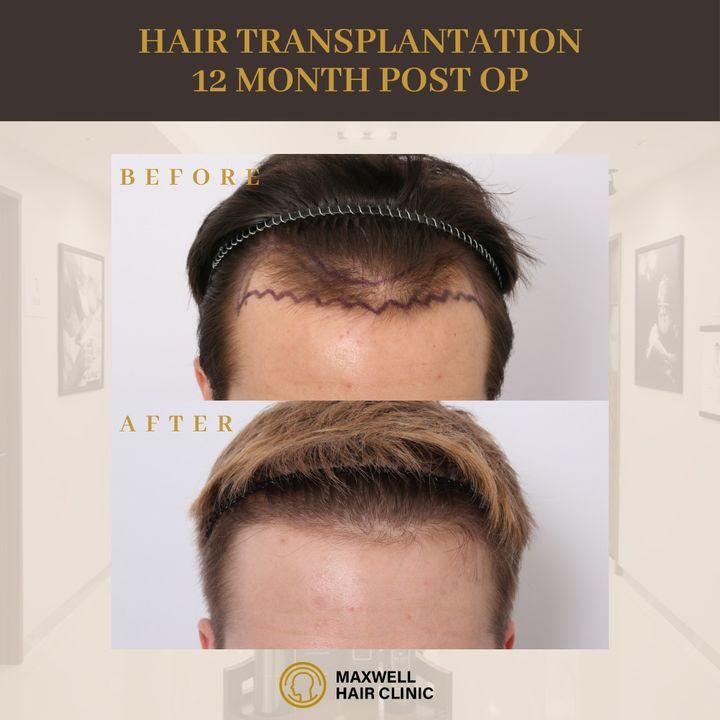
Seojin Plastic Surgery Clinic
Seojin Plastic Surgery Clinic, located in the heart of Gangnam, Seoul, is led by Dr. Lee Hyeong-Min, a hair transplant specialist with more than 16 years of experience who provides end-to-end, one-doctor care. With a track record of excellence recognized nationwide and a commitment to meticulous design and graft survival, the clinic blends advanced surgical options with personalized artistry to deliver natural, lasting results. From large-scale transplants to finely tuned hairline work, Seojin is engineered for outcomes that look and grow like your own hair. Its comprehensive, patient-centered approach and award-winning standards make it a standout destination for those seeking the best in hair restoration.
- Recognized excellence: Selected as one of the Top 100 Good Doctors in Korea in 2022
- Proven track record: Over 2,100 hair transplant surgeries performed
- Award-winning leadership: Ranked No. 1 in the Hair Transplant Category at the KBS N Korea Broadcasting Brand Awards in 2025
- One-doctor system: Dr. Lee provides comprehensive, personalized care from consultation to follow-up
- Diverse incision options: Line cut, no-cut, and mixed approaches rarely offered together at other clinics
- Large-scale capability: Transplants of 6,000 to 10,000 hairs using a combination of incision and non-incision methods
- Hairline gradation transplant: Follicles placed in fine-to-thick order for seamless, natural hairlines tailored to facial symmetry, including the forehead, brow bones, temples, midface, and lower face
- Cold follicle separation room: Optimized follicle preservation to enhance graft survival
- PRP hair transplant: Patient-derived PRP implanted with follicles to boost survival and reduce inflammation; ideal for crown areas and international patients with limited follow-up
- Minimizing the “popping” phenomenon: Expert techniques to prevent previously placed grafts from being displaced by new placements
- Special areas expertise: Beard and eyebrow transplants, with a semi-permanent tattoo designer collaborating on customized eyebrow design and the head surgeon performing all extraction and implantation
- Location advantage: Conveniently situated in Gangnam, Seoul, for local and international patients
- Depth of experience: More than 16 years dedicated to aesthetic surgery and hair transplantation
You can check out their website here: Seojin Plastic Surgery Clinic Website
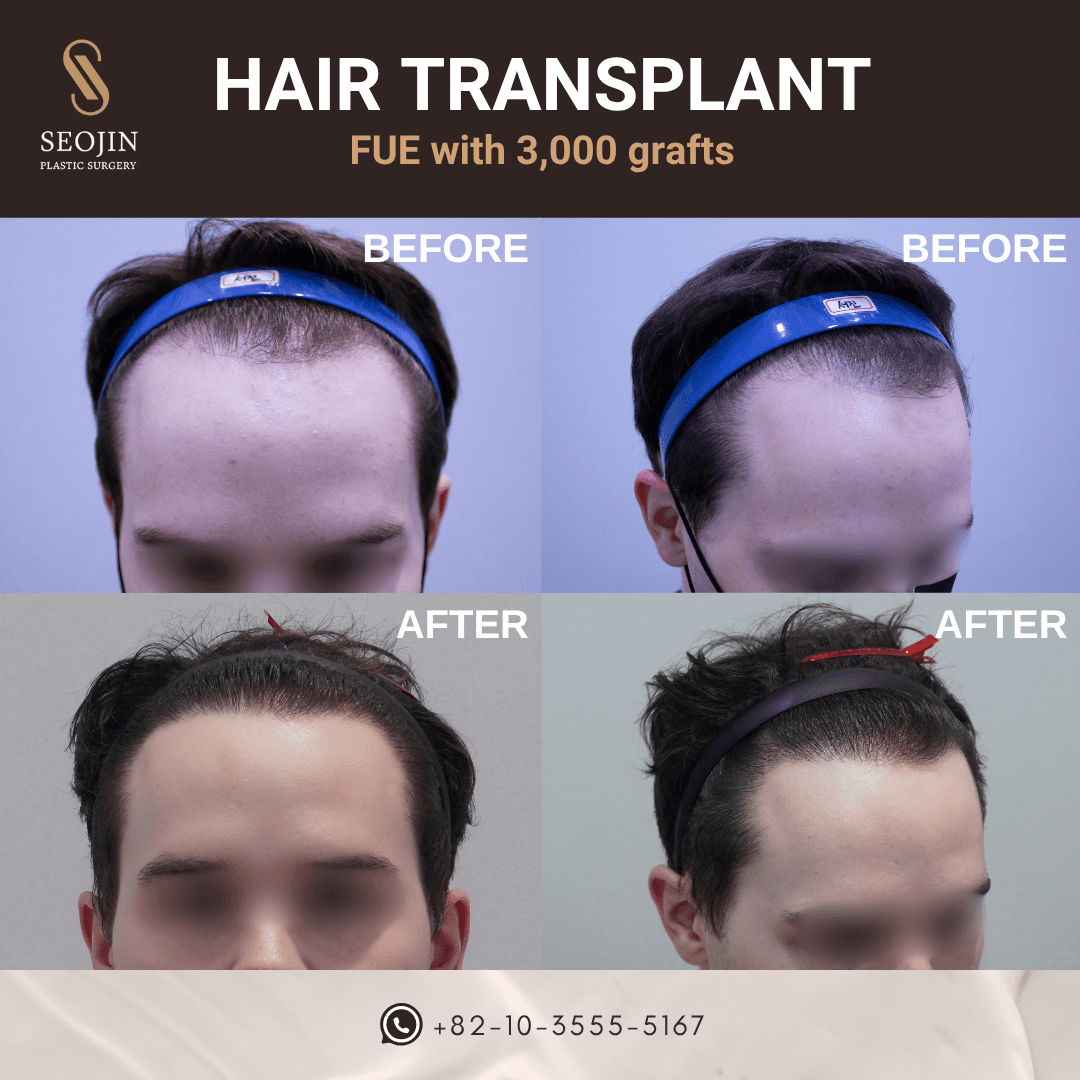
Okay Plastic Surgery Clinic
Okay Plastic Surgery Clinic offers specialized hair transplant care with a focus on hairline correction and forehead reduction—procedures that demand advanced surgical expertise and precision. Backed by over 3,000 successful cases, the clinic is led by a team of specialized professionals, including a renowned female plastic surgeon with extensive experience. Rooted in sincerity, precision, and individualized treatment, the team tailors each plan to the patient’s unique features and goals, delivering a thoughtful, transformation-oriented experience.
Within its dedicated Hairline Center, the clinic provides comprehensive solutions for hair thinning, receding hairlines, and facial balance, including customized hair transplants, hairline design, and forehead reduction when appropriate. Patients are guided through a meticulous, empathetic process that pairs cutting-edge techniques with aesthetic insight to achieve natural, harmonious results.
Find more about this clinic here: Okay Plastic Surgery Clinic Website
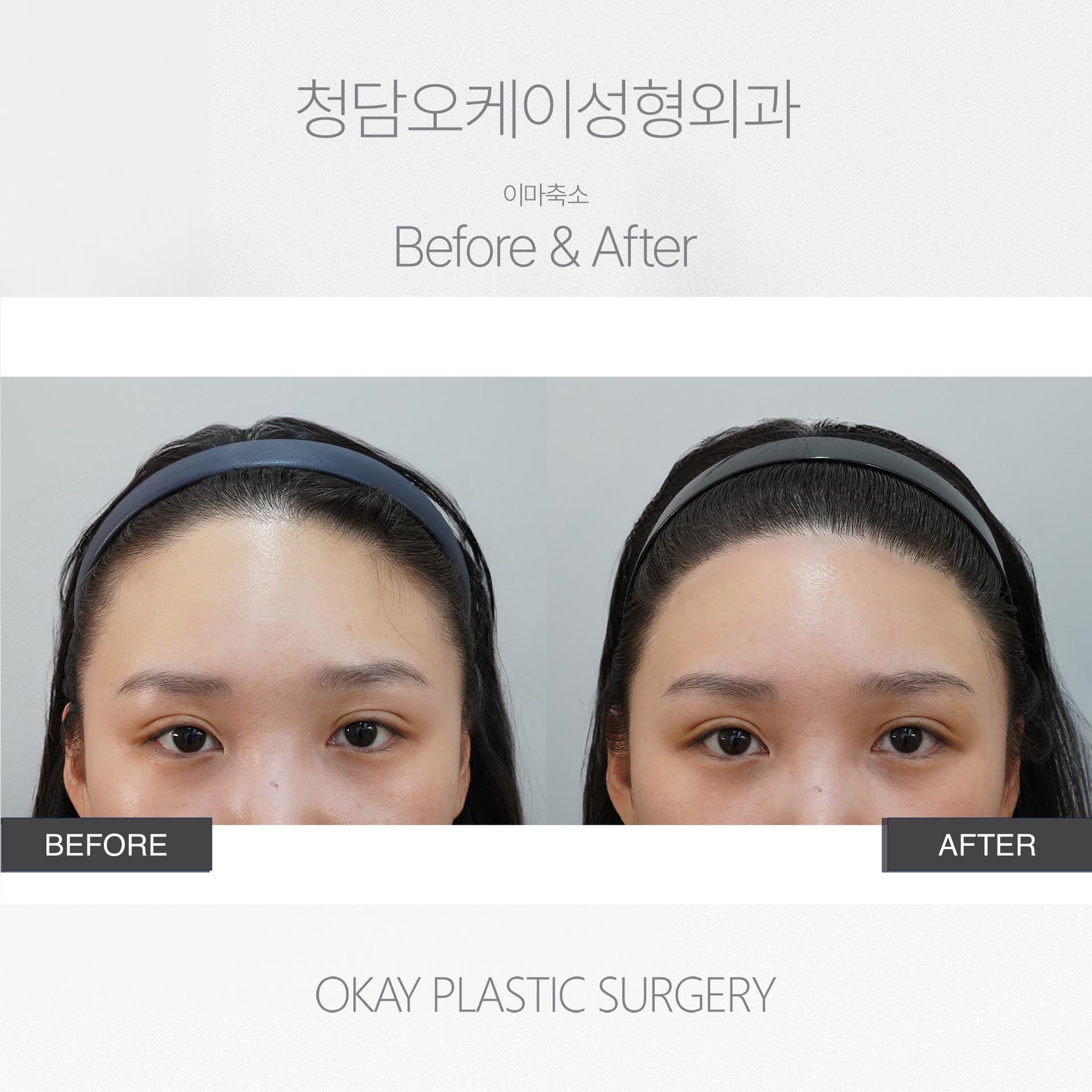
Benefits of Hair Transplant in Korea
Korea has become a leading destination for hair transplants, attracting people from all over the world. The country's advanced medical technology, skilled practitioners, and competitive pricing are just a few of the reasons why many choose South Korea for their hair restoration needs. Here are some of the key benefits:
Advanced Medical Technology
Korea is at the forefront of medical innovation, and this extends to hair transplant procedures. Clinics in Korea are equipped with the latest technology and employ cutting-edge techniques like Follicular Unit Extraction (FUE), Direct Hair Implantation (DHI), and Robotic Hair Transplants. These methods are often less invasive, allowing for quicker recovery times and minimal scarring.
Highly Skilled Practitioners

The rigorous medical education and training programs in Korea produce some of the world's best surgeons and hair transplant specialists. These professionals not only have substantial experience but also frequently engage in ongoing education to stay current with the latest advancements in the field.
Cost-Effective Solutions
While hair transplants can be costly, Korea offers high-quality procedures at a fraction of the price compared to Western countries. This affordability does not come at the expense of quality, making it an attractive option for those looking for cost-effective solutions without compromising on results.
Comprehensive Care
Many Korean clinics provide comprehensive care packages that include pre-surgery consultations, detailed scalp analysis, post-surgery follow-ups, and even accommodation and transport arrangements for international patients. This holistic approach ensures that patients receive personalized and attentive care throughout their treatment journey.
High Patient Satisfaction
Due to the combination of skilled practitioners, advanced technology, and comprehensive care, patient satisfaction rates for hair transplants in Korea are exceptionally high. Many clinics boast testimonials and before-and-after photos that demonstrate their consistent ability to deliver promising results.
Cultural and Medical Tourism
Korea is not just a medical hub but also a cultural hotspot. Patients often take advantage of their trip to explore the country's rich heritage, delicious cuisine, and beautiful landscapes, combining their medical needs with an enriching travel experience. Some clinics even offer promotion packages that cater to medical tourists, making the entire experience smoother and more enjoyable.
Ethical Standards and Transparency
Korean medical practices are heavily regulated to ensure high ethical standards and transparency. Clinics are required to maintain stringent hygiene protocols and patient safety guidelines, offering peace of mind to those considering a hair transplant procedure.
These numerous benefits make Korea an attractive destination for those seeking effective, high-quality hair transplant procedures.
| Procedure Price | Korean Won (₩) | USD ($) |
|---|---|---|
| Low Price | ₩6,000,000 | $4400 |
| High Price | ₩15,000,000 | $10900 |
Exchange rate as of 2025-05-22: 1 KRW = 0.0007 USD
Please note that these prices are approximate guidelines and can vary significantly based on the clinic and your individual circumstances.
Cost of Hair Transplant in Korea
When considering a hair transplant, cost is often a significant factor. In Korea, the cost of a hair transplant can range from $3,000 to $7,000, depending on the extent of the procedure and the clinic's reputation. This price typically includes various services such as consultation, the procedure itself, post-surgery follow-ups, and medication.
By comparison, the cost of a hair transplant in the USA is significantly higher. In the United States, prices generally range from $4,000 to $15,000. Factors influencing this cost include the surgeon's expertise, geographic location, and the number of grafts required.
Hair Transplant Aftercare and Recovery
Successfully undergoing a hair transplant is just the beginning of your journey; proper aftercare is crucial to ensure optimal healing and results. Here’s what you can expect in terms of aftercare and recovery after your hair transplant procedure.
Immediately After the Procedure
Your scalp may be sore and tender following the surgery. You will likely need to take certain medications to aid your recovery, including:
- Pain Medication: To manage any discomfort or pain.
- Antibiotics: To reduce the risk of infections.
- Anti-inflammatory Medications: To keep swelling down.
The First Few Days
During the initial days post-surgery, it is crucial to follow the guidelines provided by your medical team. Here's a general timeline:
- Day 1: The treated area will be covered with gauze or a bandage. It’s important to refrain from touching the treated area to avoid dislodging the grafts.
- Day 2: You may be allowed to gently wash your hair with a special shampoo recommended by your doctor.
- Days 3 to 5: Light activities can typically be resumed, although it is wise to avoid strenuous exercise.
- After 10 Days: Stitches, if any, will be removed by your healthcare provider.
The First Few Weeks
It’s common for the transplanted hair to fall out 2 to 3 weeks after the procedure. This shedding is natural and makes way for new hair growth. Most people will observe new hair growth 8 to 12 months after the surgery.
Medications and Additional Treatments
Many doctors recommend continued use of hair growth medications such as:
- Minoxidil (Rogaine)
- Finasteride (Propecia)
These medications help improve hair regrowth and can also slow or stop future hair loss.
Potential Side Effects
Side effects from a hair transplant are usually minor and resolve within a few weeks. They can include:
- Bleeding
- Infections
- Swelling of the Scalp
- Bruising Around the Eyes
- Formation of Crusts on the Treated Areas
- Numbness or Lack of Sensation
- Itching
- Inflammation or Infection of the Hair Follicles (Folliculitis)
- Shock Loss: Sudden but typically temporary loss of the transplanted hair
- Unnatural-Looking Tufts of Hair
Long-Term Considerations
Typically, patients who’ve undergone a hair transplant will continue to grow hair in the treated areas of the scalp. Various factors influence the density and quality of new hair growth, including:
- Scalp Laxity: How loose your scalp skin is.
- Density of Follicles in the Transplanted Area
- Hair Caliber or Quality
- Hair Curl
For sustained results, ongoing use of recommended medications or additional treatments like low-level laser therapy might be necessary, especially to manage hair loss in untreated areas.
Discussing the anticipated outcome with your surgeon and setting realistic expectations is crucial. Follow-up consultations will help monitor your progress and address any issues promptly. For further detailed information on the costs and expected results of hair transplant procedures, consult your healthcare provider.
Alternatives to Hair Transplant
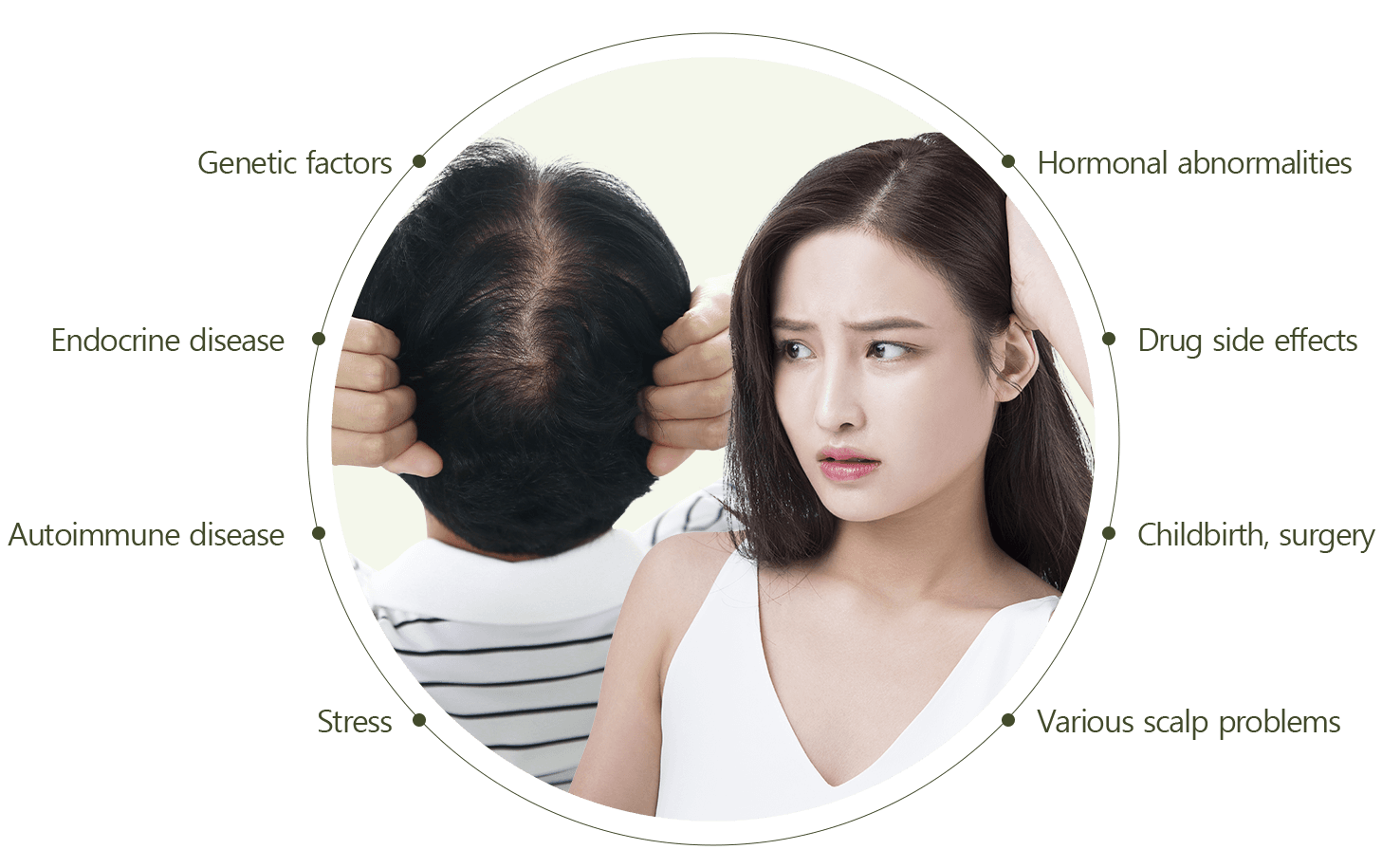
When considering solutions for hair loss, a hair transplant isn't your only option. Here are three alternatives that might be suitable for different needs and preferences:
1. Minoxidil (Rogaine)
Minoxidil is a topical treatment available over the counter that you can apply directly to the scalp to stimulate hair growth and slow hair loss. This FDA-approved medication works by widening blood vessels and opening potassium channels, which helps more oxygen, blood, and nutrients reach the hair follicles.
Advantages:
- Easy to use and accessible without a prescription.
- Suitable for both men and women.
- Can be used in combination with other treatments.
Disadvantages:
- Needs continuous application for sustained results.
- Can cause scalp irritation or other side effects.
2. Finasteride (Propecia)
Finasteride is an oral medication available by prescription that helps to reduce hair loss and can promote hair growth by inhibiting the conversion of testosterone to dihydrotestosterone (DHT), a hormone linked to hair loss.
Advantages:
- Clinical studies have shown significant reduction in hair loss and increased hair regrowth in men.
- Convenient once-daily oral tablet.
- Can be more effective for certain types of hair loss.
Disadvantages:
- Not approved for use in women.
- Potential side effects include sexual dysfunction and hormonal imbalances.
3. PRP (Platelet-Rich Plasma) Therapy
PRP therapy involves drawing a small amount of your blood, processing it to concentrate the platelets, and injecting this platelet-rich plasma back into the scalp. Platelets contain growth factors that can stimulate hair follicles and encourage hair growth.
Advantages:
- Natural treatment using your own blood.
- Minimal side effects since it uses your body’s own components.
- Can be used in conjunction with other hair loss treatments.
Disadvantages:
- Several sessions may be required to see noticeable results.
- Generally more expensive and less standardized than medications like minoxidil or finasteride.
- Requires professional administration in a medical setting.
Each of these alternatives offers distinct benefits, which can suit different preferences and conditions. It's always best to consult with a healthcare professional to determine the most appropriate treatment option for your specific situation.
Conclusion
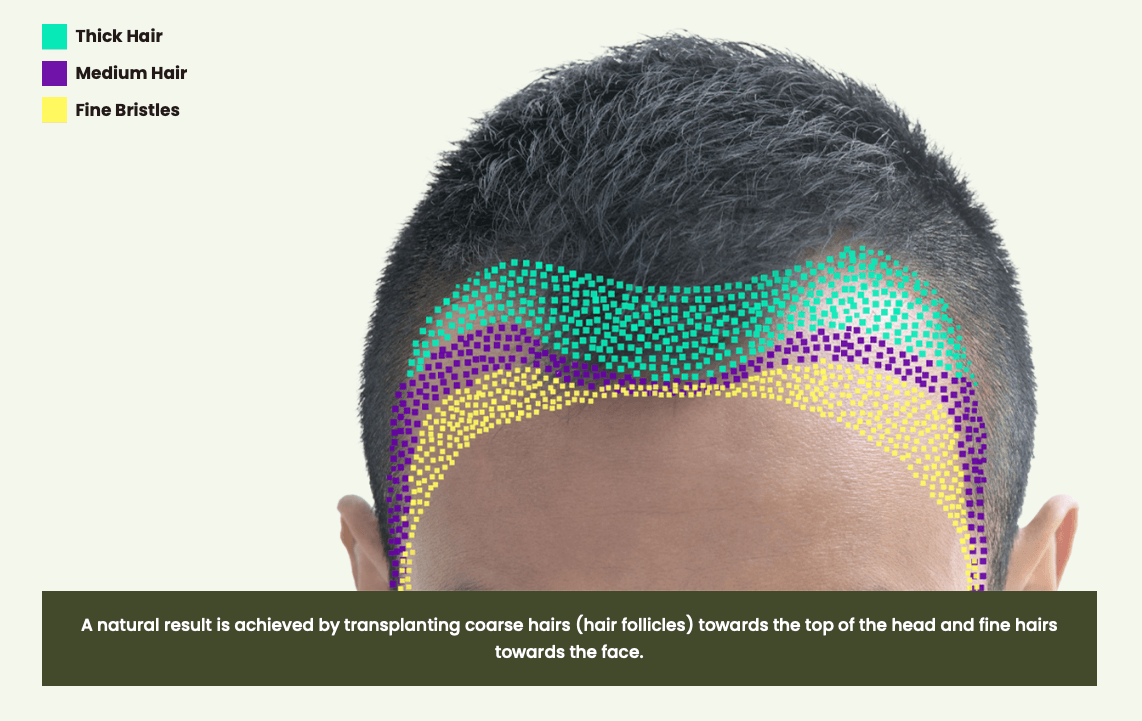
In conclusion, hair transplants in Korea have become highly advanced, offering cutting-edge techniques like Follicular Unit Extraction (FUE) and Direct Hair Implantation (DHI) by some of the world's best-trained specialists. The country's emphasis on medical tourism, coupled with competitive pricing and robust healthcare infrastructure, makes it an attractive destination for those seeking effective and natural-looking hair restoration solutions. As always, potential patients should conduct thorough research and consult with qualified medical professionals to ensure safety and the best possible outcomes.


